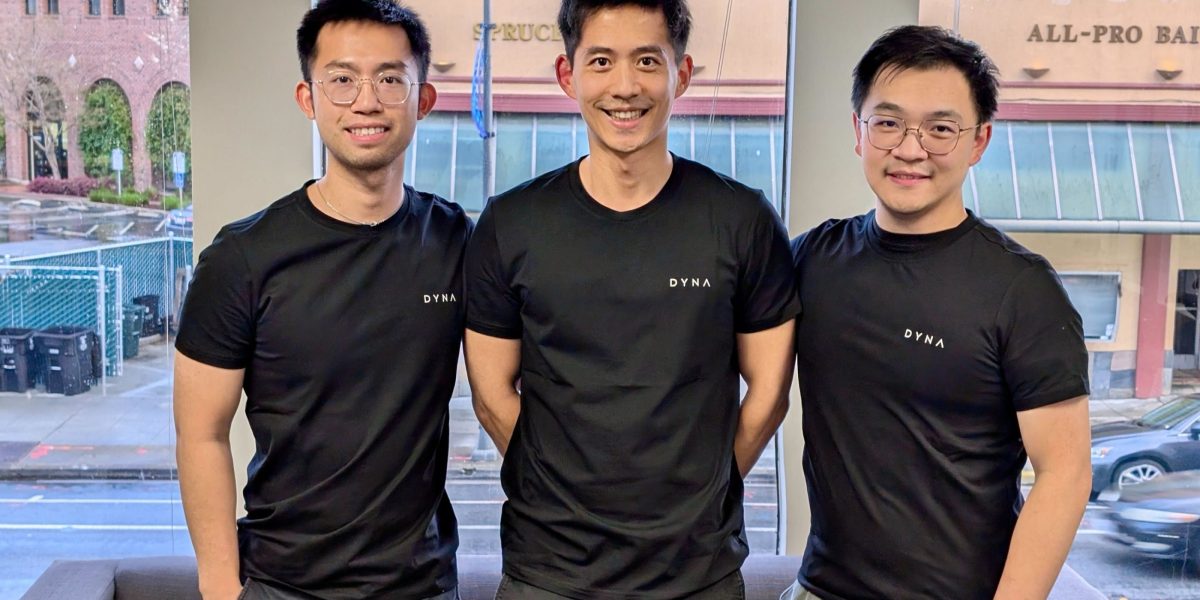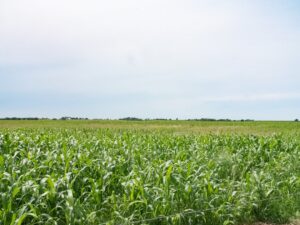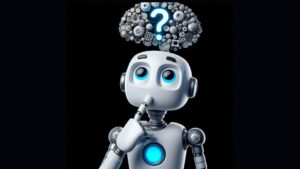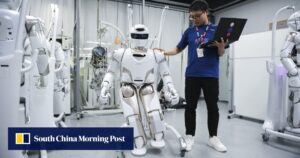Following Departure from Instacart, Caper AI Founder Starts Robotics Venture to Automate Tedious, Hazardous Tasks

New Ventures in Automation: Caper AI Founder’s Latest Robotics Startup
Introduction to Automation in the Workforce
Automation is rapidly transforming industries across the globe. With advancements in technology, businesses are increasingly looking to robots and artificial intelligence (AI) to handle tasks that are considered dirty, dull, or dangerous. This shift aims to enhance efficiency, reduce human risk, and improve overall productivity. Recently, the founder of Caper AI ventured into this promising landscape with a new startup focused on automating these challenging work environments.
The Rise of Caper AI Founder’s New Startup
Background of Caper AI
Caper AI, previously known for its innovations in retail technology, specifically in providing smart shopping carts, has made headlines for its groundbreaking work in AI and automation. Following the exit from Instacart, the founder is now channeling their expertise into a new enterprise focused on robotics. This shift underscores a growing trend among tech entrepreneurs who are eager to pivot toward solutions that address labor shortages and safety concerns in various sectors.
Mission and Vision
The new startup aims to utilize robotics to tackle tasks that are typically unappealing to human workers. By automating these roles, the startup strives to:
- Enhance worker safety by reducing the risks associated with hazardous tasks.
- Improve efficiency and productivity in sectors that struggle with labor-intensive jobs.
- Offer cost savings for companies that need to hire workers for repetitive or dangerous roles.
The Key Areas of Focus
Cleanliness and Sanitation
One of the primary areas for automation is sanitation. Industries such as food service, healthcare, and manufacturing often require rigorous cleaning protocols. Robotics can streamline these processes by:
- Utilizing robotic cleaners to maintain hygiene standards in facilities.
- Ensuring consistency in cleaning, which is vital for health compliance.
Dangerous Environments
Another significant focus for this startup will be on environments that pose risks to human workers. This includes:
- Construction sites where workers face hazards from heavy machinery.
- Factories where toxic substances or extreme conditions (like high heat) exist.
By using robots to perform these risky jobs, companies can protect their workforce while maintaining operational efficiency.
Dull and Repetitive Tasks
Many jobs involve mundane activities that can lead to worker dissatisfaction and high turnover rates. The startup plans to automate these dull tasks, which can include:
- Sorting and packaging items in warehouses.
- Routine maintenance activities that require minimal strategic thinking but are essential for operational flow.
The Future of Work with Robotics
Advantages of Implementing Robotics
Embracing robotics in the workforce not only spices up the work environment but also brings numerous advantages:
- Cost Efficiency: Reducing labor costs and minimizing errors caused by human oversight can lead to significant savings for companies.
- Increased Productivity: Robots can work tirelessly around the clock, allowing businesses to boost output without the limitations of human labor.
- Enhanced Safety: With robots handling dangerous tasks, employers can reduce workplace accidents and enhance employee morale.
Challenges to Overcome
While the benefits of automation are clear, challenges remain. Key hurdles include:
- Initial Costs: The upfront investment in robotic technology can be substantial, deterring some small and medium-sized enterprises from adopting these solutions.
- Workforce Adaptation: Employees may need to adapt to new roles as robots take over their traditional responsibilities. This requires reskilling and training, which can be an obstacle for many companies.
- Technological Limitations: Current robotic technology may not fully replicate the dexterity and decision-making skills of human workers, especially in complex tasks.
Conclusion
Innovators like the founder of Caper AI continue to transform the landscape of work with robotics. By addressing roles that are dirty, dull, and dangerous, this new startup stands at the forefront of a shift that promises to redefine the future of various industries.






